The Future of Press Freedom
This groundbreaking volume assembles an unparalleled roster of media experts and First Amendment luminaries to chart the future of press freedom in America's changing media landscape. Current and former deans of top US law schools, a Pulitzer Prize-winning journalist, former Supreme Court clerks, and renowned scholars of law and communications offer their collective wisdom on safeguarding journalism amidst unprecedented challenges. Their contributions provide an incisive analysis of emerging threats to press freedom, from technological and economic disruptions to eroding public trust, while proposing innovative legal and policy solutions. The volume tackles cutting-edge issues like artificial intelligence in news production and the evolving definition of 'the press' in the digital age. Blending rigorous scholarship with practical insights, this essential resource equips journalists, press advocates, policymakers, and engaged citizens with expert knowledge to defend press freedom. This title is also available as Open Access on Cambridge Core.
- Equips readers with a thorough understanding of contemporary threats to journalism and potential solutions
- Utilizes an interdisciplinary approach combining legal, technological, and media perspectives
- Available as Gold Open Access on Cambridge Core
Product details
July 2025Adobe eBook Reader
9781009515498
0 pages
This ISBN is for an eBook version which is distributed on our behalf by a third party.
Table of Contents
- Introduction
- 1. The future of press freedom RonNell Andersen Jones and Sonja R. West
- Part I. Democracy and the Press Function:
- 2. The press and American democracy Robert Post
- 3. Political tensions and the democratic press Gregory P. Magarian
- 4. Post-newspaper democracy and the rise of communicative citizenship Nikki Usher
- 5. 'Murder the media': press freedom, violence, and the public sphere Joseph Blocher
- Part II. Evolving Threats to the Press Function:
- 6. Fitting a square peg into a round hole: why traditional free press doctrines fail in dealing with newer media Erwin Chemerinsky
- 7. Countering the mosaic of threats to press functions Lili Levi
- 8. Defamation law and the crumbling legitimacy of the fourth estate Lyrissa Lidsky
- 9. Press benefits and the public imagination Erin Carroll
- 10. Recursive press freedom as the capacity to control and learn from mistakes Mike Ananny
- Part III. Legal Protection for the Press Function:
- 11. Reinvigorating the press clause through negative theory Helen Norton
- 12. The constitutional exceptionalism of religion and the press Amanda Shanor
- 13. The other press clauses Christina Koningisor
- 14. The long shadow of food lion Alan K. Chen
- 15. The enduring significance of New York times v. Sullivan Samantha Barbas
- 16. Returning FOIA to the press Margaret B. Kwoka
- Part IV. Identifying Performers of the Press Function:
- 17. From bloggers in Pajamas to the gateway pundit: how Government entities do and should identify professional journalists for access and protection Richard L. Hasen
- 18. A professional wrestler, privacy, and the meaning of news Amy Gajda
- 19. Reconstructing the first amendment: teaching disenfranchised perspectives on press freedom Meredith D. Clark
- 20. Journalism and academia: knowledge institutions buttressing constitutional democracy Vicki Jackson
- 21. Policing press freedom Hannah Bloch-Wehba
- Part V. Supporting the Press Function:
- 22. The right to know Wesley Lowery
- 23. Distorting the press Heidi Kitrosser
- 24. Legal foundations for non-reformist media reforms: a positive-rights paradigm for guaranteeing a universal press system Victor Pickard
- 25. Innovation policy and the press Christina Koningisor and Jacob Noti-Victor
- 26. Are we saving the news? Martha Minow.

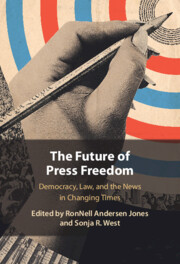
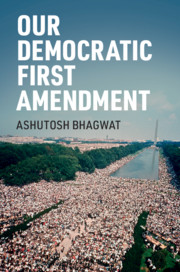
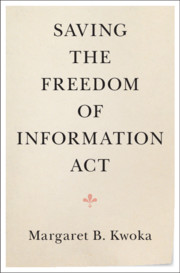
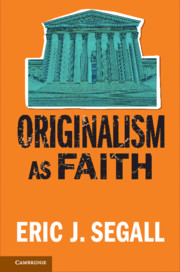
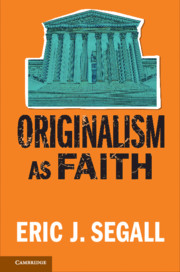

.jpg)